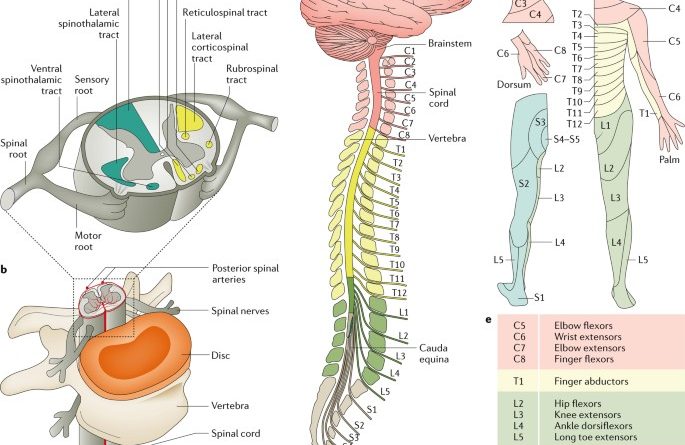All About a Spinal Cord Injury
A spine injury causes harm to the spinal cord. It is truly a serious type of physical trauma that is likely to have a significant and lasting impact on most aspects of everyday life. The spinal cord is a bunch of nerves and other tissue that the vertebrae of the spine carry and protects. The vertebrae are the bones put on top of each other that make up the spine.
The spine holds many nerves, and extends from the brain’s base down the back, ending near the buttocks. The spinal cord is in charge of sending messages from the brain to every part of the body and vice-versa. We can perceive pain and move our limbs because of the information transmitted via the spinal cord. If the spinal cord undergoes an injury, some or all of these impulses won’t be able to “get through.” The result is a complete loss of mobility and sensation below the injury. A spinal cord injury closer to the neck will typically cause paralysis throughout a huge part of the body than in the lower back area.
How does it occur?
A spine injury is the result of an unpredictable accident or violent event. Some of the causes of a spinal injury are:
- A violent attack like a gunshot or stabbing
- Dive into water that is quite shallow and hit the bed
- Damage during a car accident that is, injury to the face, neck, head region, back, or the chest area
- Falling from a particular height
- Spinal or head injury during sports events
- Electrical accidents
- The middle portion of the torso getting severely twisted
Symptoms of a Spinal Cord Injury
Symptoms include the following:
- Problem in walking
- Loss of power of the bowels or bladder
- Lack of ability to move the legs or arms
- Feelings of tingling at the end
- Lack of sensation
- Headache
- Stiffness in the back or neck area, pain, pressure
- Signs of shock
- Abnormal positioning of the head
Prevention of Spine Injuries
Since spinal cord injuries are common due to unpredictable events, the best one can do is to reduce its risk. They include:
- Always wear a seatbelt while driving a car
- Use of protective gear while playing cricket
- Never dive into water unless it has been examined, that is, the depth of water and whether it is free of rocks.
The Long-term Outlook
Some people conduct full and productive lives after a spinal injury. Anyhow, there are potential critical effects of a spinal injury. Most individuals will require assistive devices such as a cane or wheelchair to deal with the loss of mobility, and some may be paralyzed from the neck down.
A person will need support with daily activities and learn to perform the task differently. Pressure inflammation and urinary tract infections are regular complications. The person can even undergo intense rehabilitation treatment for a spinal cord injury.





